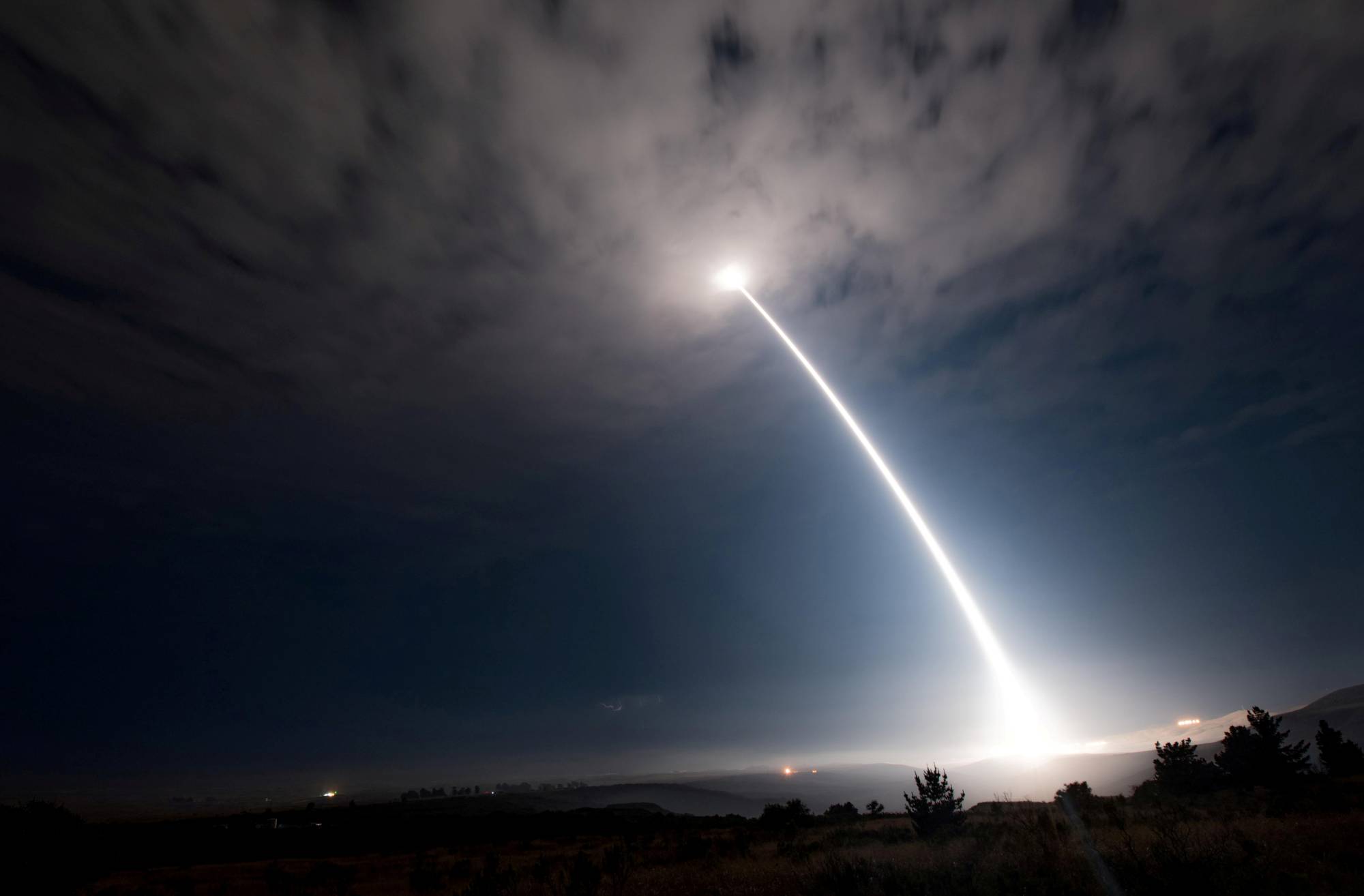On the Chinese coast, just 215 kilometers (135 miles) from Taiwan, Beijing is preparing to start a new reactor the Pentagon sees as delivering fuel for a vast expansion of China’s nuclear arsenal, potentially making it an atomic peer of the United States and Russia. The reactor, known as a fast breeder, excels at making plutonium, a top fuel of atom bombs.
The nuclear material for the reactor is being supplied by Russia, whose Rosatom nuclear giant has in the past few months completed the delivery of 25 tons of highly enriched uranium to get production started. That deal means that Russia and China are now cooperating on a project that will aid their own nuclear modernizations and, by the Pentagon’s estimates, produce arsenals whose combined size could dwarf that of the United States.
This new reality is prompting a broad rethinking of U.S. nuclear strategy that few anticipated a dozen years ago, when President Barack Obama envisioned a world that was inexorably moving toward eliminating all nuclear weapons. Instead, the United States is now facing questions about how to manage a three-way nuclear rivalry, which upends much of the deterrence strategy that has successfully avoided nuclear war.

















With your current subscription plan you can comment on stories. However, before writing your first comment, please create a display name in the Profile section of your subscriber account page.